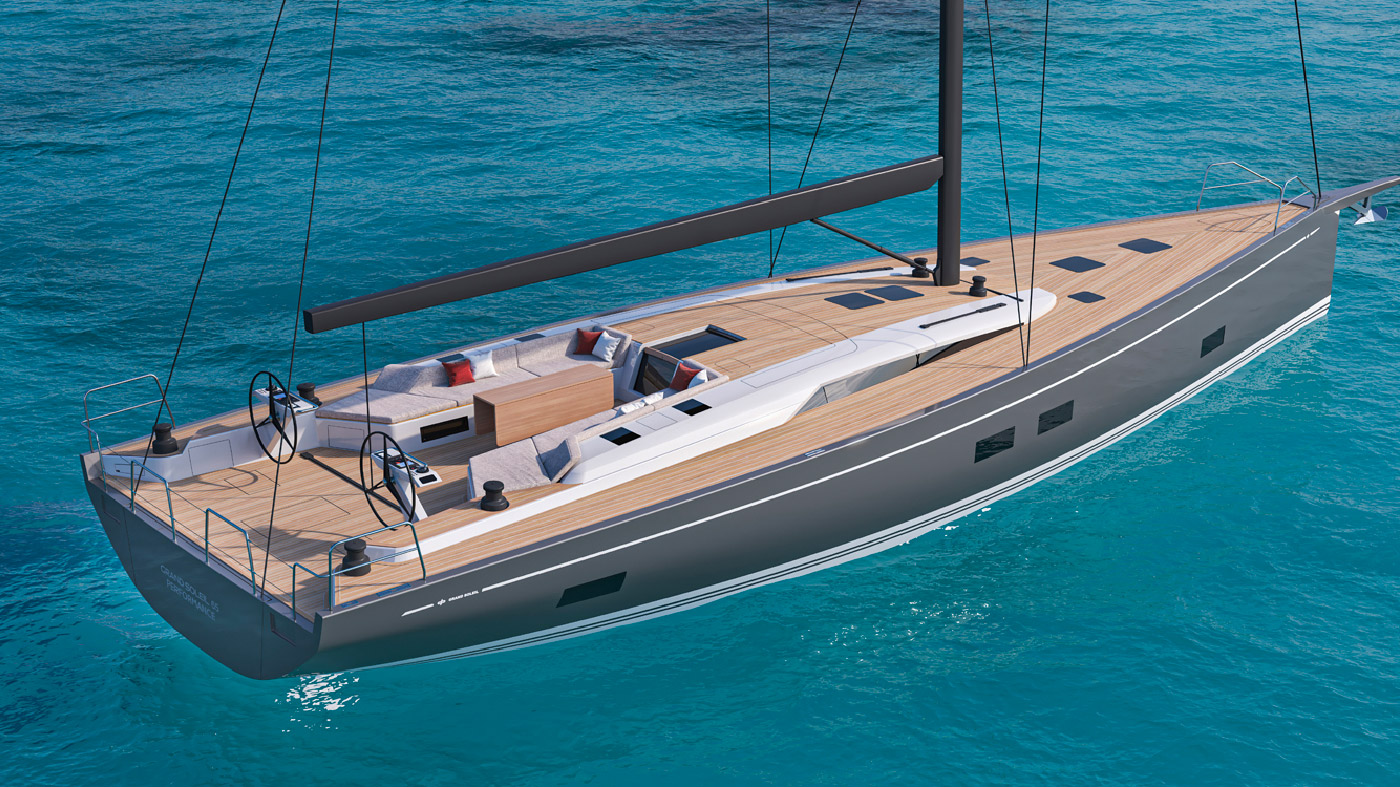When spending a night at the anchor, you have different possibilities to anchor your boat. One of them is to take one or more lines ashore. This is not my favourite technique because I prefer anchoring with my boat that orients itself to the wind. Sometimes, especially when I enter some small marinas or narrow bays where there is no enough room to anchor freely, anchoring with lines ashore becomes an unavoidable option. The technique is, however, practicable only under certain weather conditions: first of all, wind must blow from the coast and have a stable direction; then, the sea must be smooth or, in the event of cross wind, subject to small waves.

Using a tender is, on the contrary, a safer, more practical technique to anchor the boat properly. Let’s see how.
The first step consists in finding a good area where to take lines ashore. The presence of pointy rocks is a basic requirement. Rocks should be neither too low – otherwise, high tides might submerge them – nor too high. The perfect height ranges from 1 to 2 metres from the sea level.
Once the stretch of coast where to take lines ashore has been found, 
At this point, one or two crewmembers can climb on board the tender and get prepared to tide the line around the rock. It will be sufficient to tow the tender with both the line and crew on board to the chosen point and then move away.
Once the quality, shape and solidity of the rock have been checked ( during our cruise in Greece, some big olive trees often represented a good solution), the crewmember can tide a bowline knot around it. When the knot is well-secured, the crew will give a signal to the boat that, at this point, can drop the anchor and move in reverse.

On board, the anchoring maneuver will be the traditional one, with the chain secured to a stopper and correct management of the riding slope. Especially in deep sea bottoms, (in Greece, 15-meter-deep sea bottoms are commonly found) the anchor chain length must be long in order to avoid problems in the event that weather conditions suddenly change.
When the anchoring line is finally stretched and the ashore line has been taken on board, we can adjust the distance of the stern from the coast, check the 
When it’s time to sail off, it will sufficient to repeat the same procedure but in reverse. First of all, the person on the tender will cast off the leeward line. Then, when the other crewmembers on the boat will have released the upwind one, he will untie the bowline knot before being taken on board with the same line.
























